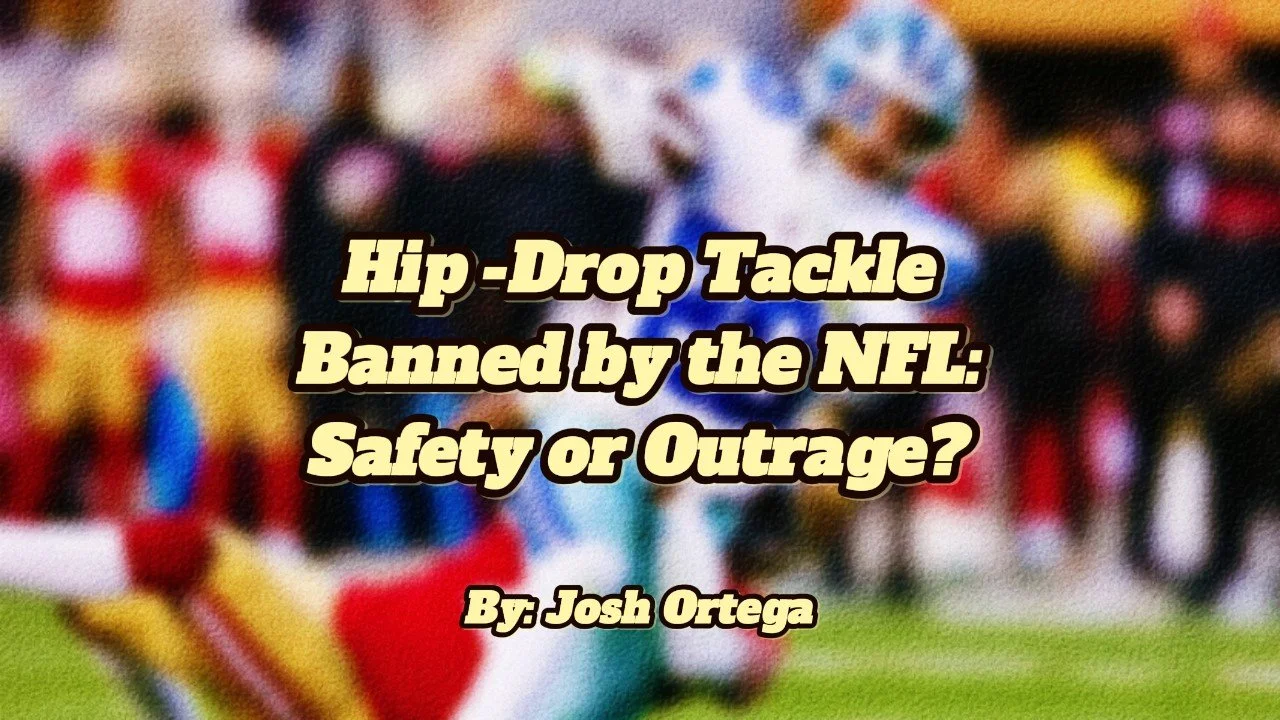Hip-Drop Tackle Banned by the NFL: Safety or Outrage?
Photo Credit: NFL
(Orlando-FL) Yesterday, it was announced at the annual NFL spring owners meeting that the league would be banning the hip-drop tackle after the NFL owners unanimously voted to remove it for the upcoming season.
When announced by numerous NFL insiders and media outlets, many current and former NFL players had thoughts on the rule change.
Former Texans and future Hall of Fame defensive lineman, JJ Watt, tweeted his thoughts on the decision, saying, “Just fast forward to the belts with flags on them….”.
Current Dolphins Safety, Javon Holland, also chimed in with his thoughts on the move by the NFL. Holland said in a tweet, “Breaking news: Tackling Banned”.
The hip-drop tackle has been in the same controversy tier as the Tush Push or Brotherly Shove this offseason. Despite numerous injuries over the years, it has remained legal on the gridiron until yesterday. Just this season, during a primetime Thursday Night Football matchup between the Bengals and Ravens, viewers saw Ravens’ star tight-end, Mark Andrews, go down with a serious ankle injury after a hip-drop tackle from Bengals’ linebacker, Logan Wilson, on the very first Ravens’ drive. This left Andrews sidelined for the rest of the regular season until the AFC Championship vs. the Kansas City Chiefs in late January.
Speaking of the Kansas City Chiefs, Patrick Mahomes suffered an ankle injury via a hip-drop tackle in the divisional round against the Jacksonville Jaguars during last season’s playoffs. This injury lingered all the way until the Super Bowl against the Eagles. Mahomes played through the rest of the postseason with his ankle not being fully 100%.
With the wave of players expressing their thoughts on social media, former NFL running back, Kenyan Drake, had positive thoughts on the NFL’s decision. Drake tweeted this afternoon, ‘I don’t care about popular opinion. I lost my right ankle and a quarter of the ‘21 season to this type of tackle. Something had to give and I’m glad it’s not anybody’s legs/ankles anymore”.
The flip side to the various injuries and potential injury risk from the tackle is the fact that smaller defenders now have to employ various methods to bring a bigger offensive player to the ground.
This could result in more frequent tackles to the lower legs or mid-range area from smaller defenders, potentially leading to more injuries since smaller defenders are taught from youth to go lower on someone larger.
The other problem involves the officiating of this penalty. The result of a hip-drop tackle, which is called a penalty, will be a 15-yard penalty against the defense with an automatic first down.
The three elements that contribute to this being a penalty are: grabbing of the opponent with both hands or arms to gain control, then if the defender “unweights himself by swiveling and dropping his hips and/or lower body, landing on and trapping the runner’s leg(s) at or below the knee.” The key word is “swivel”, which creates the infraction. Officials will be trained to watch for all three for this to be considered a penalty and called as seen.
The upcoming season may see debates on the interpretation of a “hip-drop tackle”, as differing perspectives could lead to inconsistencies in officiating this penalty.
With that being said, the NFL has always made these types of rule changes based on the protection of players on the field each week of the season. Ultimately, could this decision do more harm than good? We will have to wait and see until games kick off again this fall.


